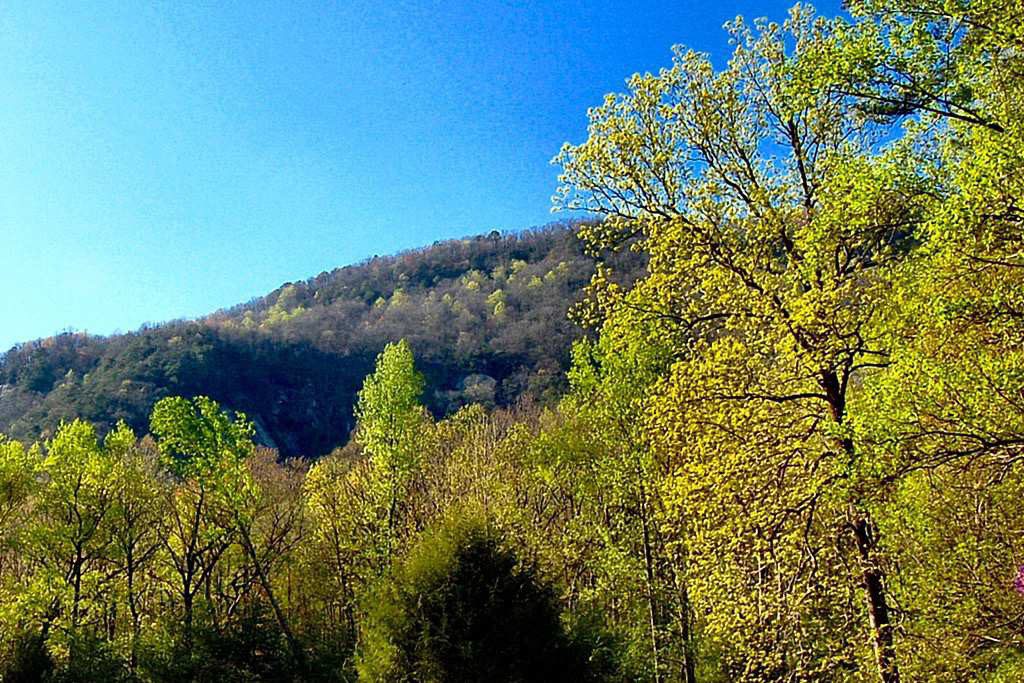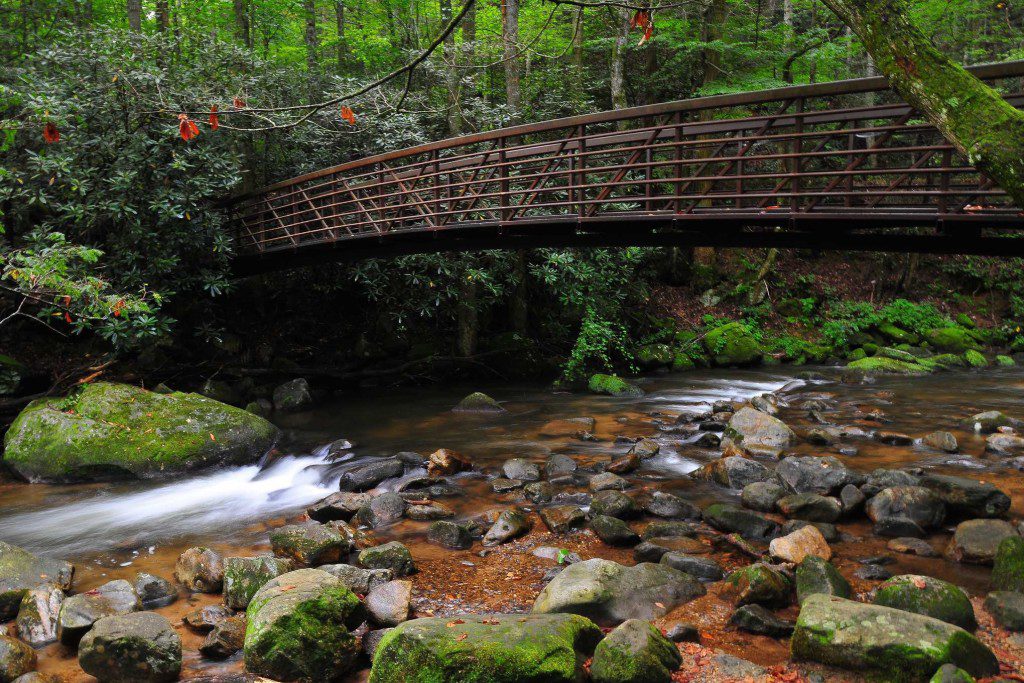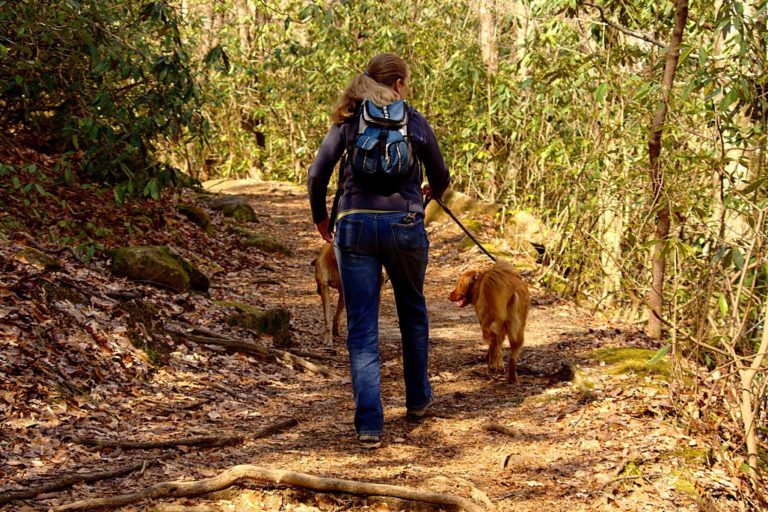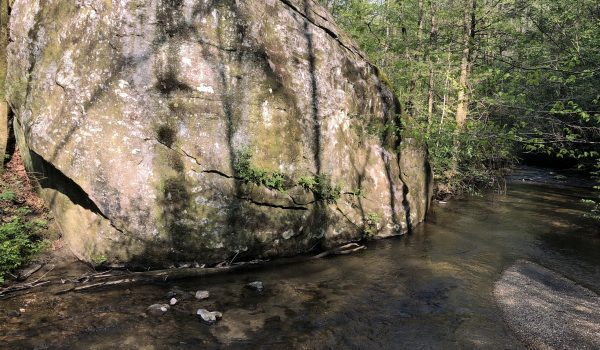What do a hatchet, a pig, and a toll road have in common? Jones Gap State Park, of course.
If you’ve ever visited Jones Gap in Marietta, SC, then you’ve seen first-hand that the park’s known for its lovely plants and wildlife. Interestingly, many of the spring plants there complete their entire life cycle in a matter of weeks. They may be terribly short-lived, but they’re beautiful.
Jones Gap is not only beautiful, but it’s also a great place for walk-in camping, picnicking, fishing, hiking, and just being. The park even features a hands-on ecology learning center for students run through Discover Carolina.
The Middle Saluda River runs right through the park, and so does the Eastern Continental Divide. Another bit of trivia: Jones Gap is even home to South Carolina’s first state-owned and -operated fish hatchery: the Cleveland Fish Hatchery.
You want waterfalls? Jones Gap has them. There’s Rainbow Falls, Jones Gap Falls, and Silver Steps Falls, just to name a few.
And the whole thing is right here in our backyard. It makes you wish for spring weather just to be able to enjoy the beauty of it!

You can thank Henry Ware and his cousin E. Ervin Dargan for purchasing the beautiful land in the 1950s and then selling it and donating it to the state of South Carolina for a park in 1976. They were afraid of the effect real estate development might have on the amazing natural area and believed this move would keep that land safe. Which it did.
Greenville attorney Thomas Wyche also played a major role in protecting the land when he established the Naturaland Trust in 1973. The trust was designed to secure 10,000 acres in the northern Greenville area and nearby, including Jones Gap.

So where did the name come from? Jones is a common name. But in this case, it belonged to a very uncommon man.
Solomon Jones was a road builder who was born in Buncombe County, NC, on March 7, 1802. Though he was self-taught and used no instruments, he was incredibly talented at his work.
According to local lore, he set his razor-back sow free at the top of what would later become a road called Jones Gap Toll Road and followed her down, holding onto the pig’s tail. He knew that she’d take the shortest route. Thus the Jones Gap Toll Road was created along that same path.
Jones had a businessman’s mind. Once the road was opened, he charged a toll to access it. It was the only direct road between Transylvania County and Greenville until US 276 opened in the 1930s.
Jones was also responsible for several other roads in the area. According to The Woodville Republican paper published on Jan. 20, 1927, “Solomon Jones [possessed] the distinction of being the first American scenic road builder whose pursuit was so recognized.”

That same small town newspaper from Woodville, Mississippi, recalls a ghost story about the great “pioneer” of his day. It seems that a group of children in Hendersonville were returning from a party one night when they saw a ghostly, towering figure with “long, flowing hair.” He was beating the brush in the area of Mount Hebron and following a large razor-back sow, whose tail he held in his left hand. In his right hand, he was swinging an axe.
The parents didn’t take this ghost story too seriously. They attributed the children’s tale to stories told at the party (and to big imaginations).
No one can say whether the legend of the sow and the hatchet used to carve the toll road is actually true, but there’s no doubt that Jones was good at building roads. He was also much revered.
“Solomon Jones was one of the most remarkable engineers of his age,” reads Findagrave.com. “His ingenious mind was never exceeded in the location of thoroughfares across the most difficult barriers of the Appalachian system. He was the most noted road builder this section has ever known. Perhaps his most wonderful piece of engineering was the Jones Gap Turnpike.”
When he died at the age of 97, the road builder Solomon Jones was buried on top of Mount Hebron peak, a mountain peak near Laurel Park in Henderson County, NC, that he’d purchased and named as a young man.
BlueRidgeNow.com says that Jones commissioned this epitaph five years prior to his death: “Here lies Solomon Jones, The Road Maker. A True Patriot. He labored fifty years to leave the world a better place than he found it. Born 7 March 1802. Died 23 April 1899.”
Jones was the father of twelve children and married twice, the second time at the age of 80. The home he built on Mount Hebron is still in use today.
And now, we have the amazing Jones Gap State Park — which eventually sprang up along his namesake toll road. The park officially opened to the public in January 1989. Today, it boasts nearly 4,000 acres of land all total, and it’s home to more than 600 kinds of wildflowers, as well as more than 60 types of mammals.
Next time you visit, say thanks to a very uncommon man.
For more information about Jones Gap State Park, check into our official TRH listing for the park.
Notes
Writer: Melinda Long
Editor: Celeste Hawkins
Photography: Featured image — miknx; creek and bridge — Matthew Blouir; and trees — Lucid Nightmare
Sources:
“Etched in Stone: Local Memories of Note” on BlueRidgeNow.com
Interviews — Rosemary Bomar, Dean Campbell, and Penny Forrester
“January 15, 1927” in The Woodville Republican
“Jones Gap State Park” on SouthCarolinaParks.com
“Jones Gap State Park” on Wikipedia.com
“Solomon Jones” on FindaGrave.com
“Walk in the Woods: Jones Gap State Park” on Connections.Greenvillesc.gov




